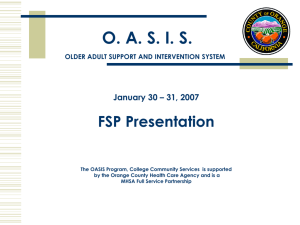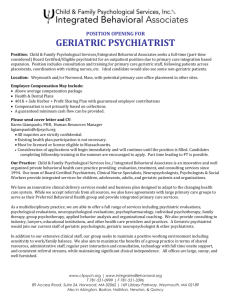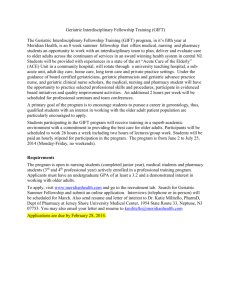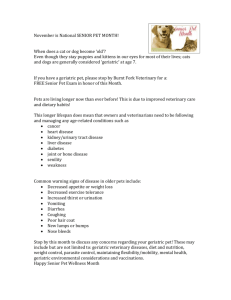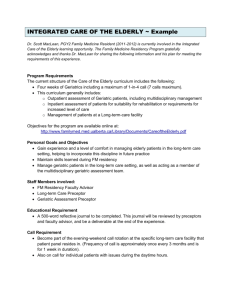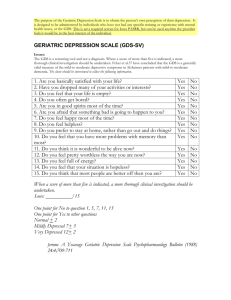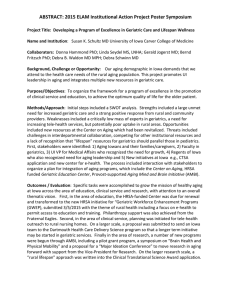May 2014_Additional Materials3
advertisement
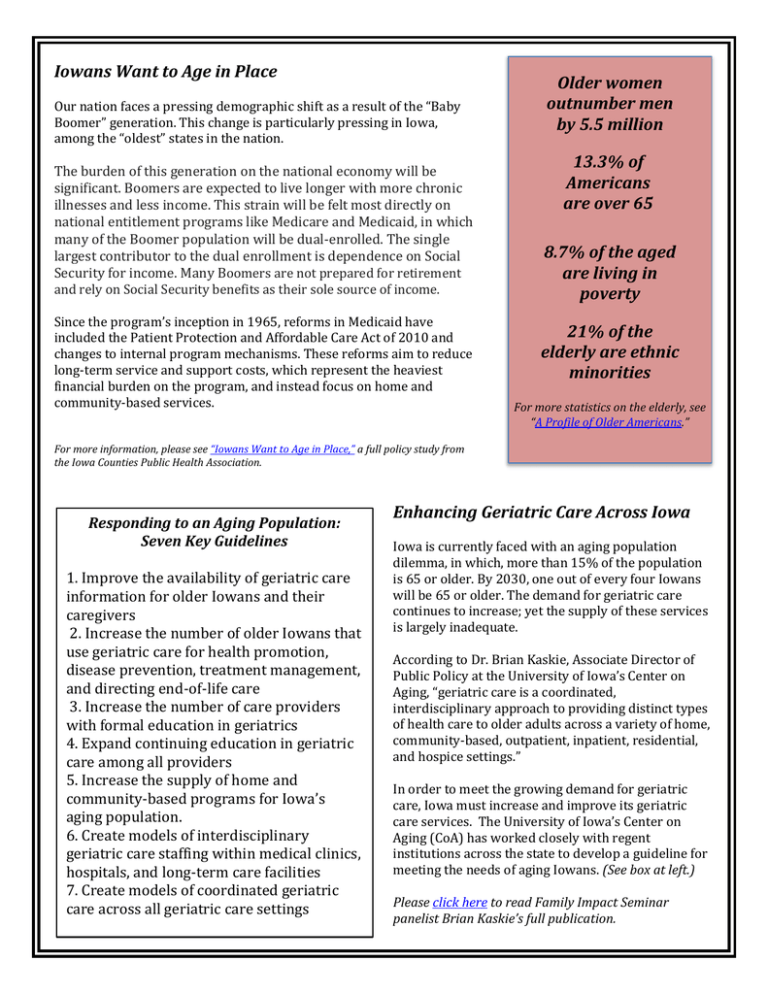
Iowans Want to Age in Place Our nation faces a pressing demographic shift as a result of the “Baby Boomer” generation. This change is particularly pressing in Iowa, among the “oldest” states in the nation. The burden of this generation on the national economy will be significant. Boomers are expected to live longer with more chronic illnesses and less income. This strain will be felt most directly on national entitlement programs like Medicare and Medicaid, in which many of the Boomer population will be dual-enrolled. The single largest contributor to the dual enrollment is dependence on Social Security for income. Many Boomers are not prepared for retirement and rely on Social Security benefits as their sole source of income. Since the program’s inception in 1965, reforms in Medicaid have included the Patient Protection and Affordable Care Act of 2010 and changes to internal program mechanisms. These reforms aim to reduce long-term service and support costs, which represent the heaviest financial burden on the program, and instead focus on home and community-based services. Older women outnumber men by 5.5 million 13.3% of Americans are over 65 8.7% of the aged are living in poverty 21% of the elderly are ethnic minorities For more statistics on the elderly, see “A Profile of Older Americans.” For more information, please see “Iowans Want to Age in Place,” a full policy study from the Iowa Counties Public Health Association. Responding to an Aging Population: Seven Key Guidelines 1. Improve the availability of geriatric care information for older Iowans and their caregivers 2. Increase the number of older Iowans that use geriatric care for health promotion, disease prevention, treatment management, and directing end-of-life care 3. Increase the number of care providers with formal education in geriatrics 4. Expand continuing education in geriatric care among all providers 5. Increase the supply of home and community-based programs for Iowa’s aging population. 6. Create models of interdisciplinary geriatric care staffing within medical clinics, hospitals, and long-term care facilities 7. Create models of coordinated geriatric care across all geriatric care settings Enhancing Geriatric Care Across Iowa Iowa is currently faced with an aging population dilemma, in which, more than 15% of the population is 65 or older. By 2030, one out of every four Iowans will be 65 or older. The demand for geriatric care continues to increase; yet the supply of these services is largely inadequate. According to Dr. Brian Kaskie, Associate Director of Public Policy at the University of Iowa’s Center on Aging, “geriatric care is a coordinated, interdisciplinary approach to providing distinct types of health care to older adults across a variety of home, community-based, outpatient, inpatient, residential, and hospice settings.” In order to meet the growing demand for geriatric care, Iowa must increase and improve its geriatric care services. The University of Iowa’s Center on Aging (CoA) has worked closely with regent institutions across the state to develop a guideline for meeting the needs of aging Iowans. (See box at left.) Please click here to read Family Impact Seminar panelist Brian Kaskie’s full publication.

